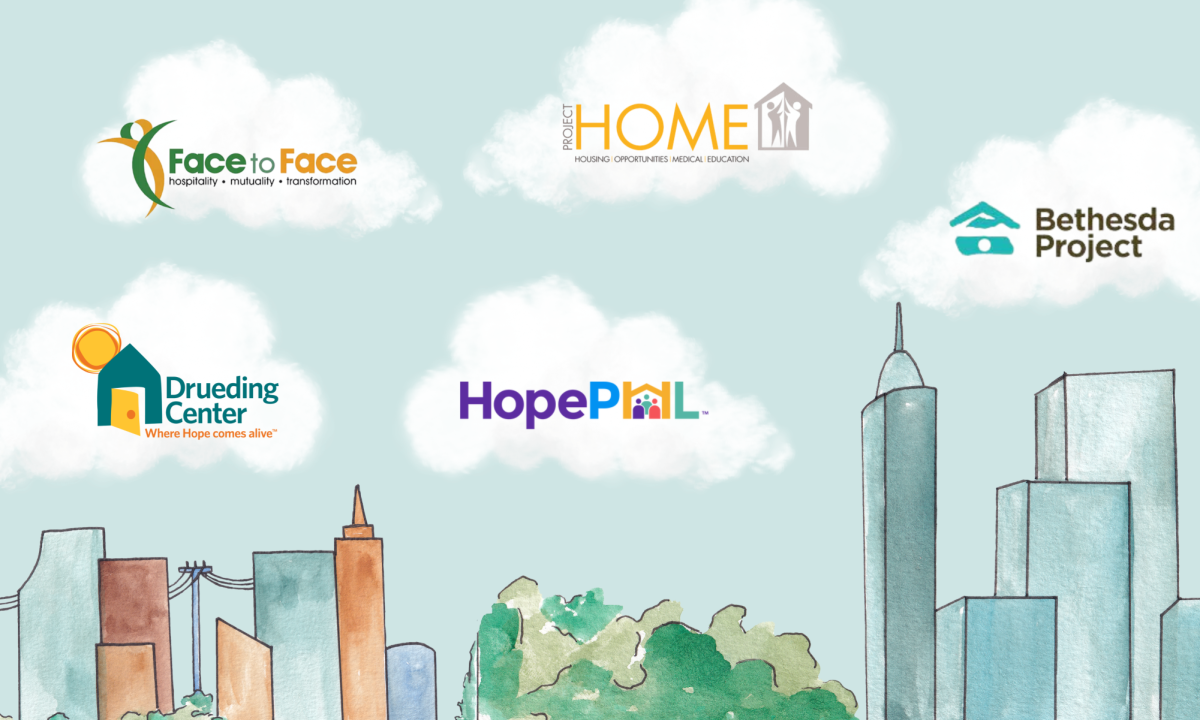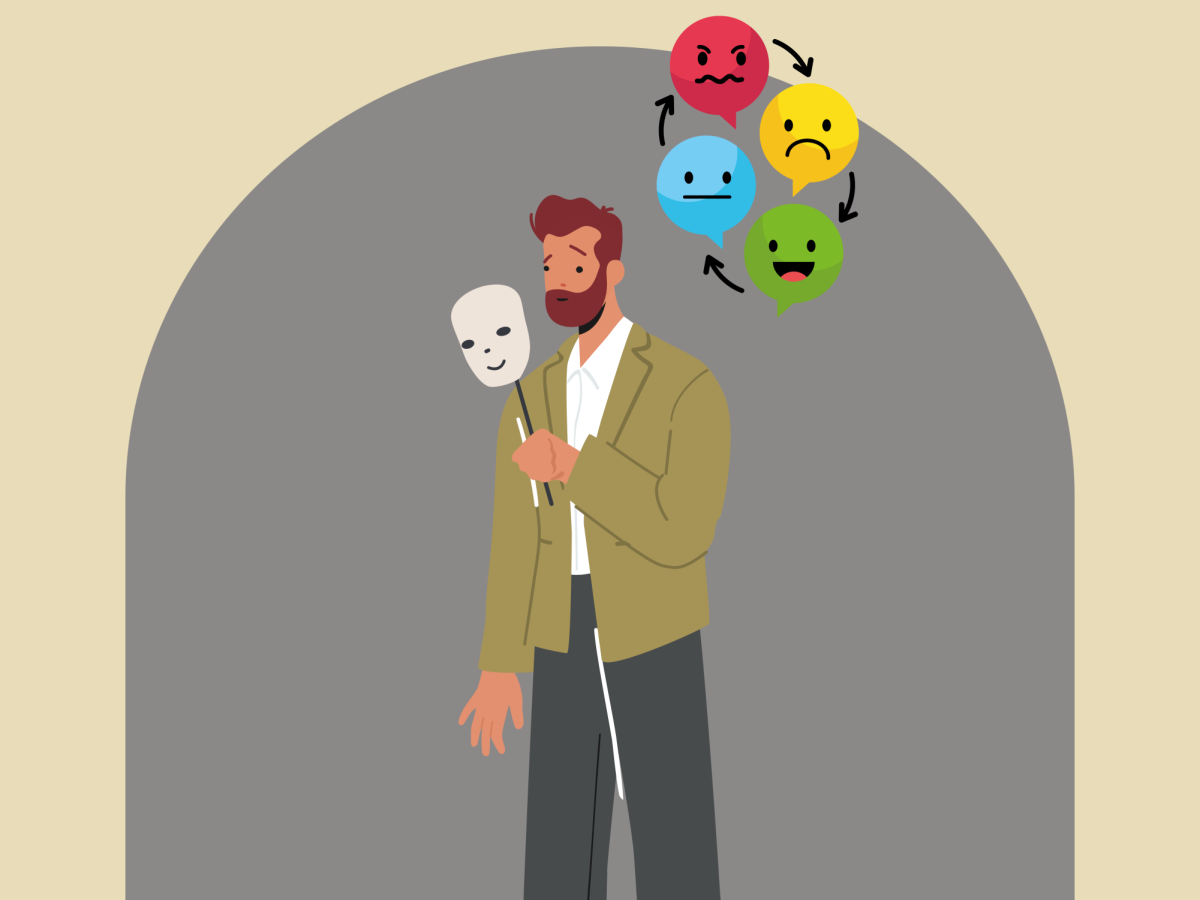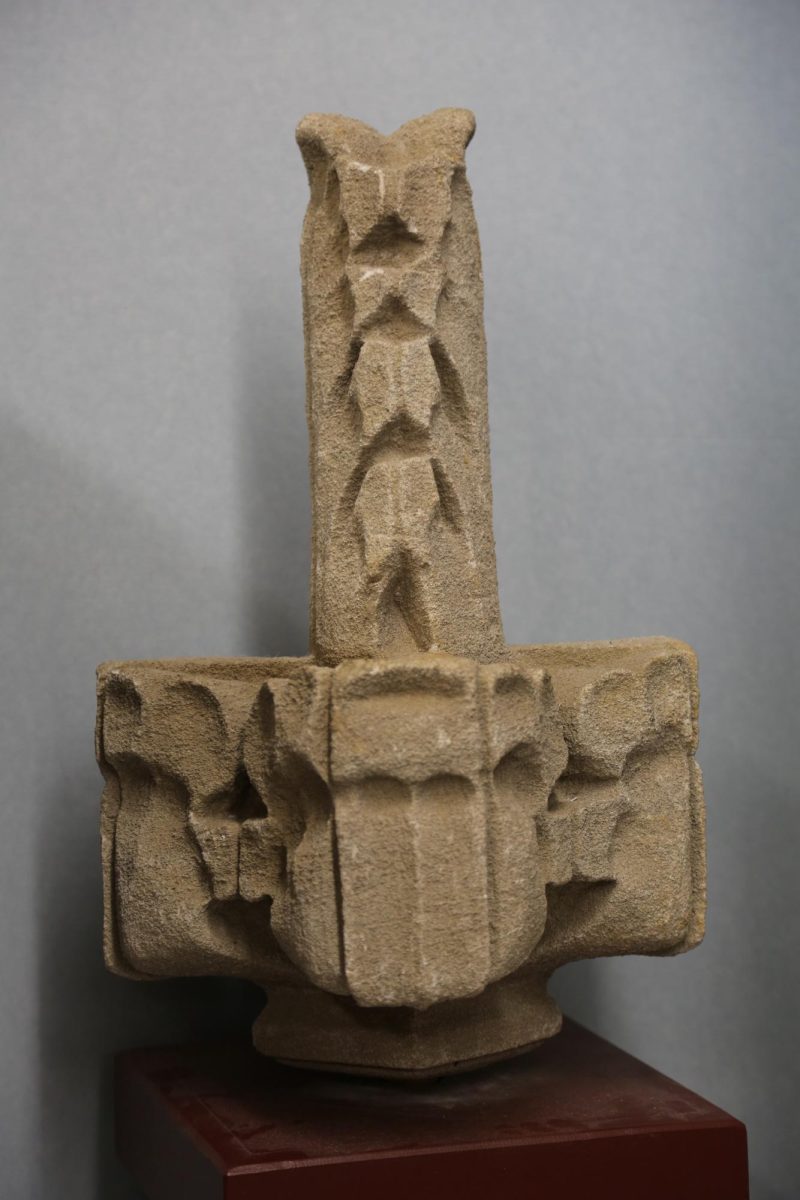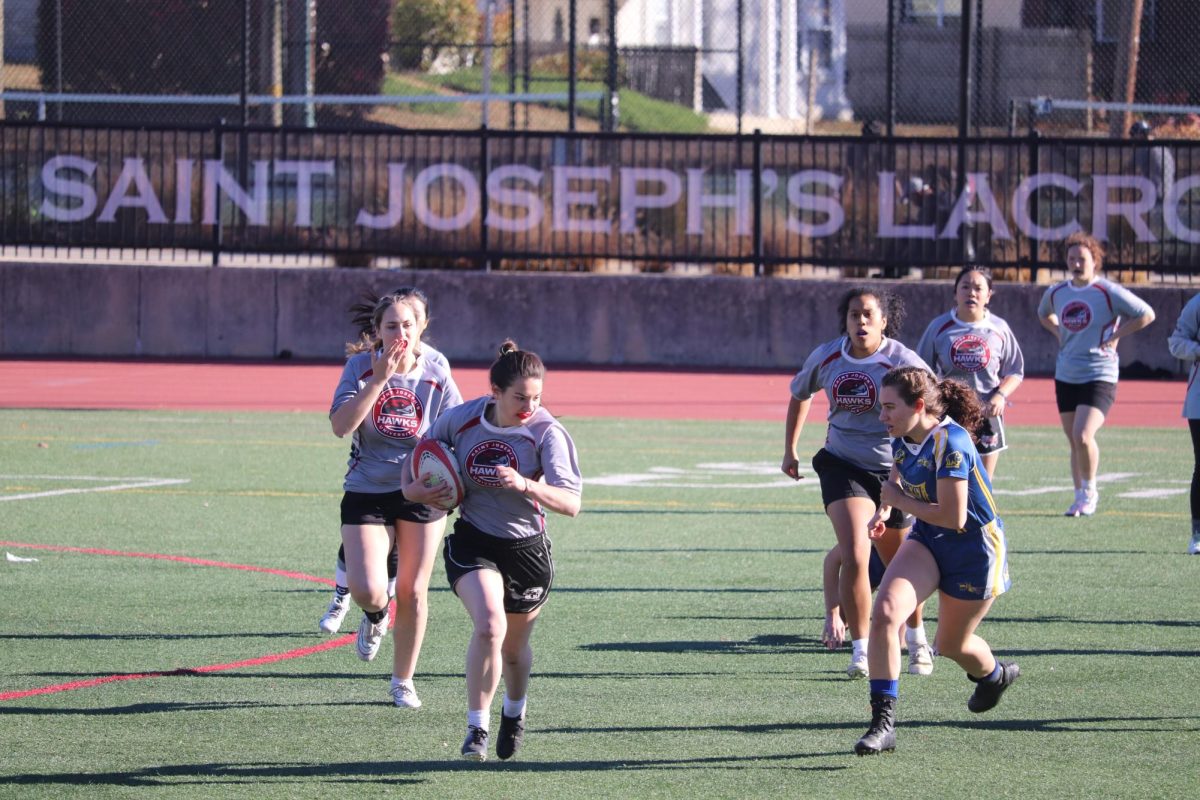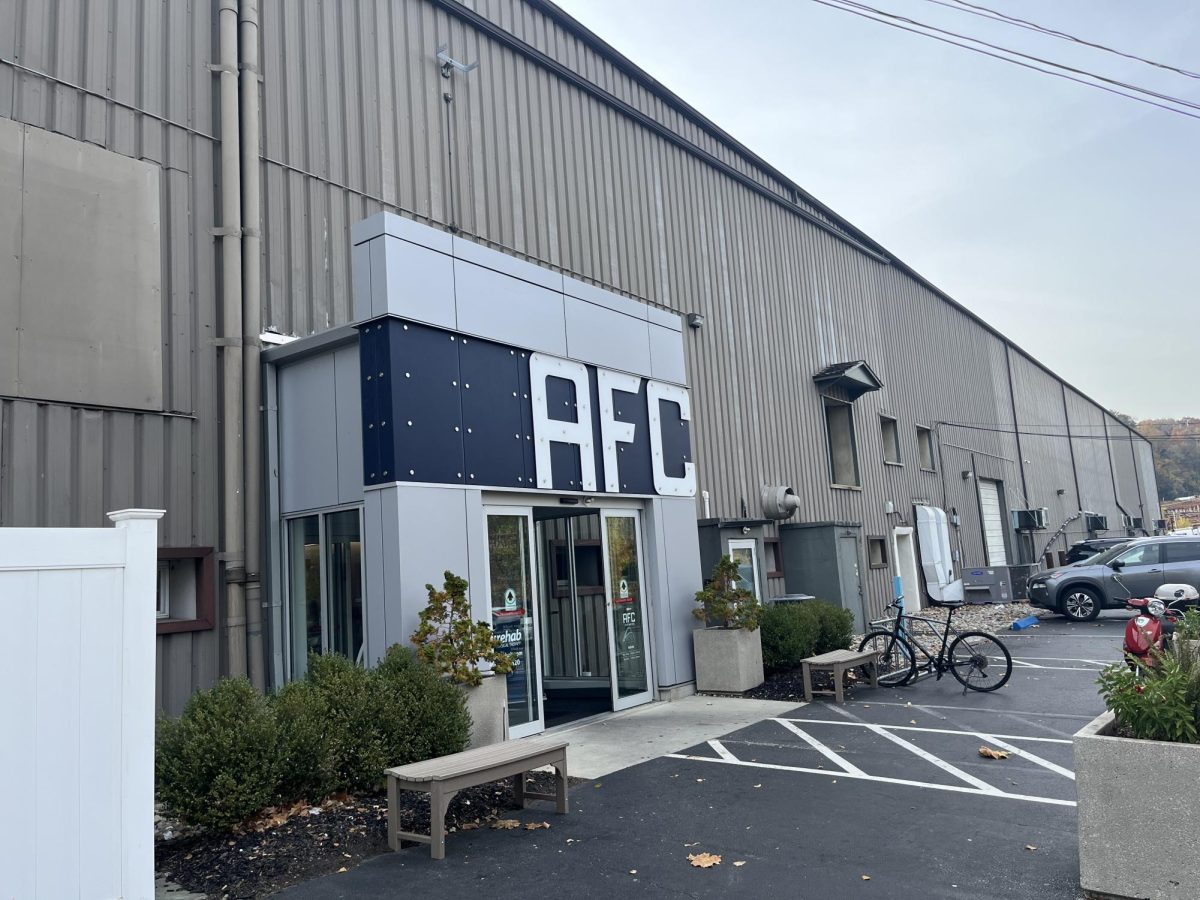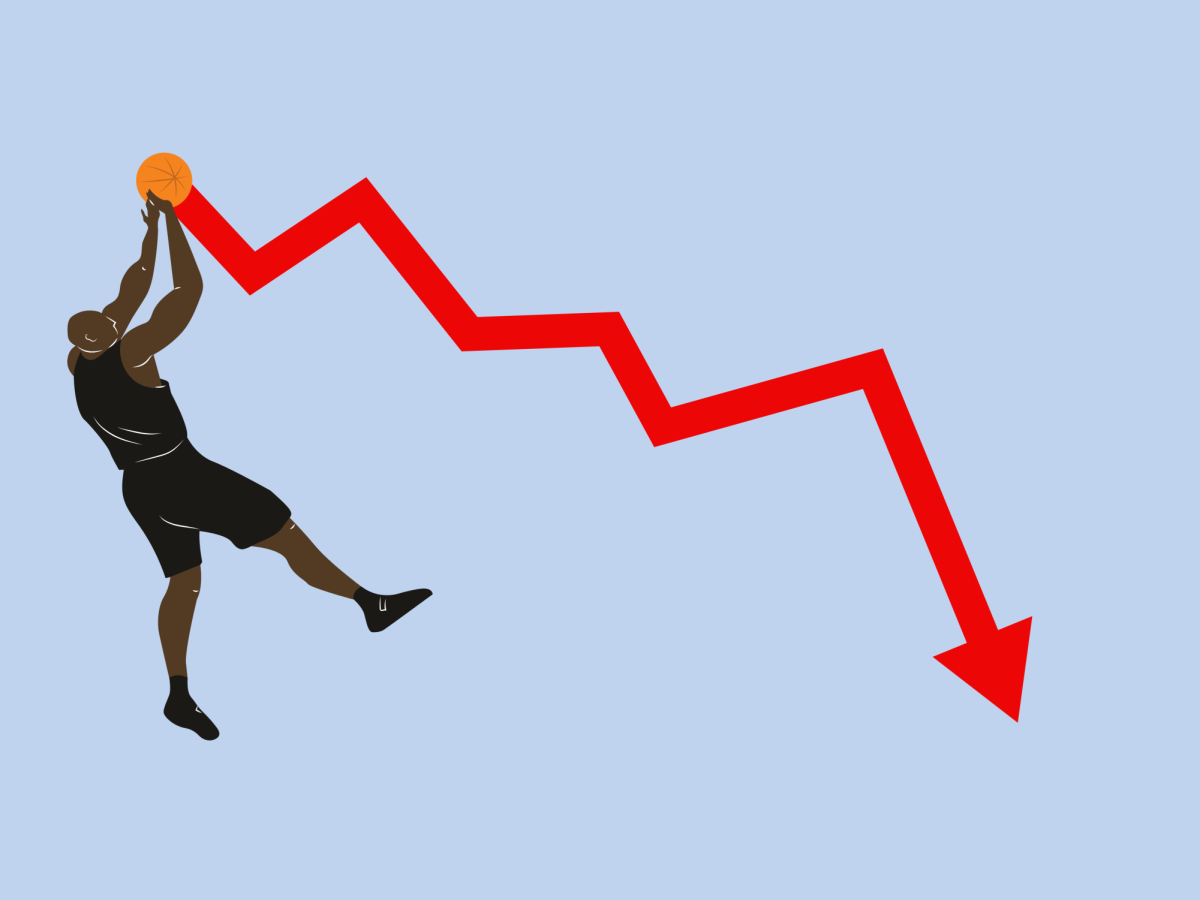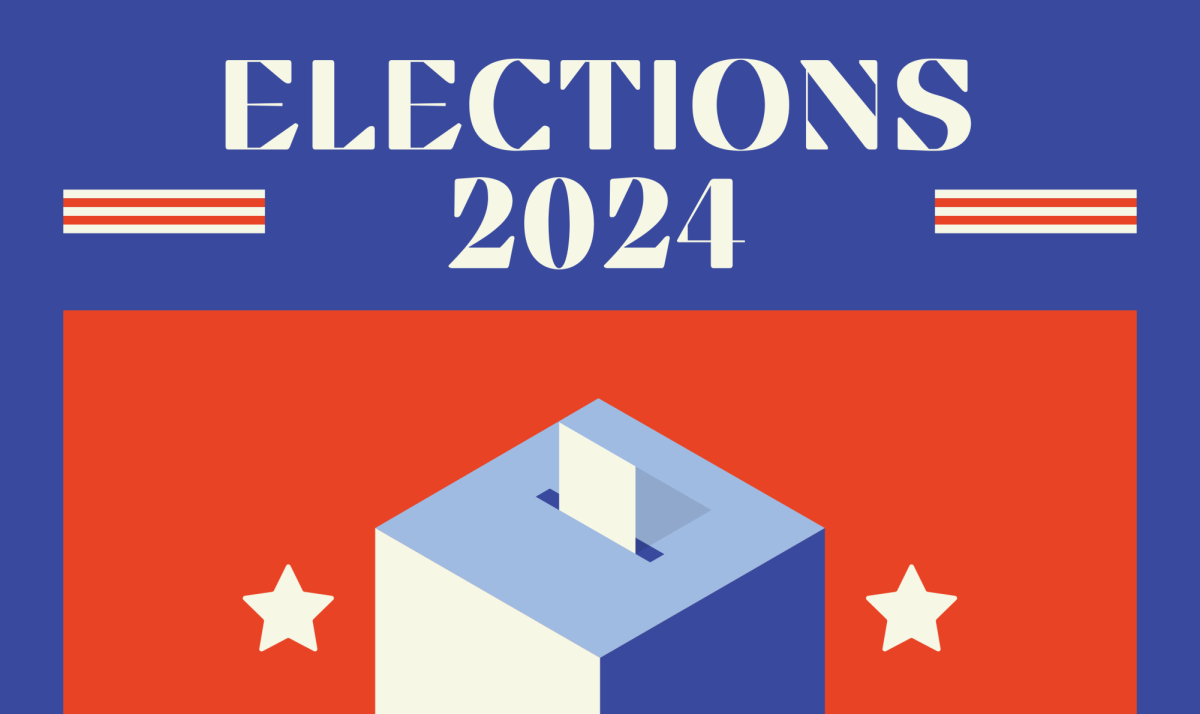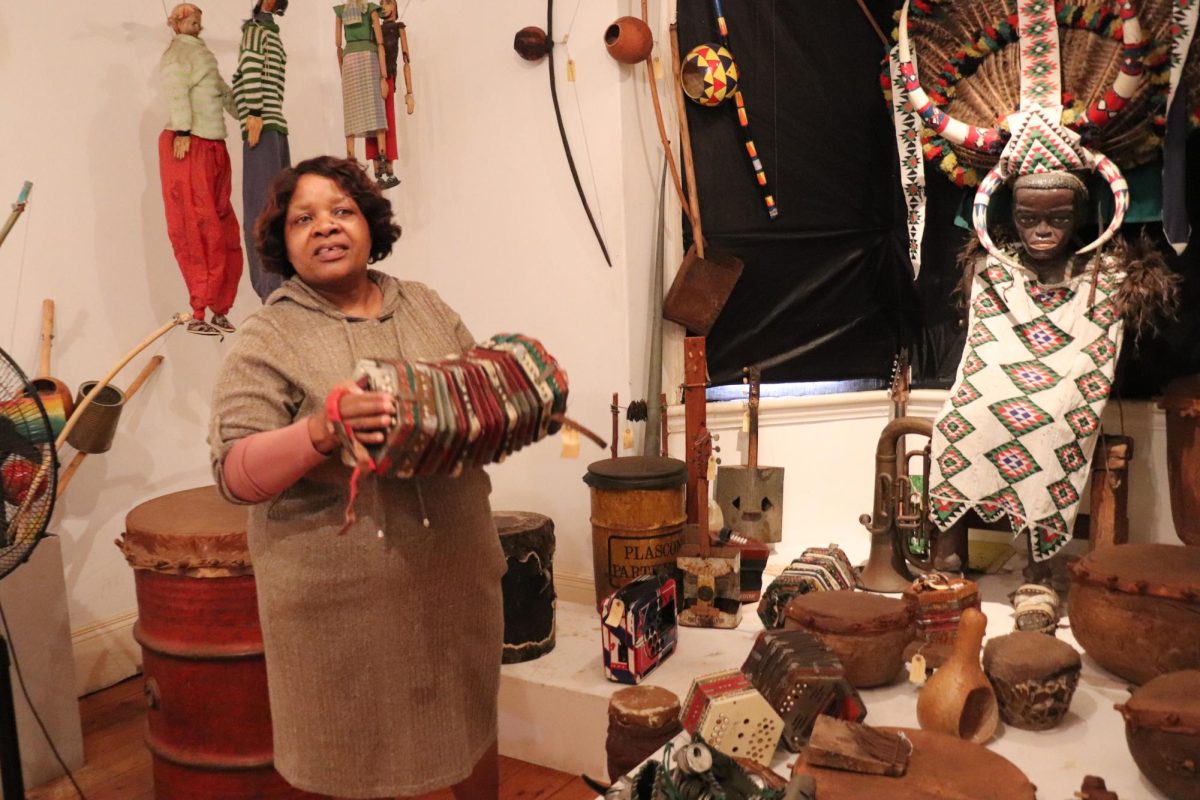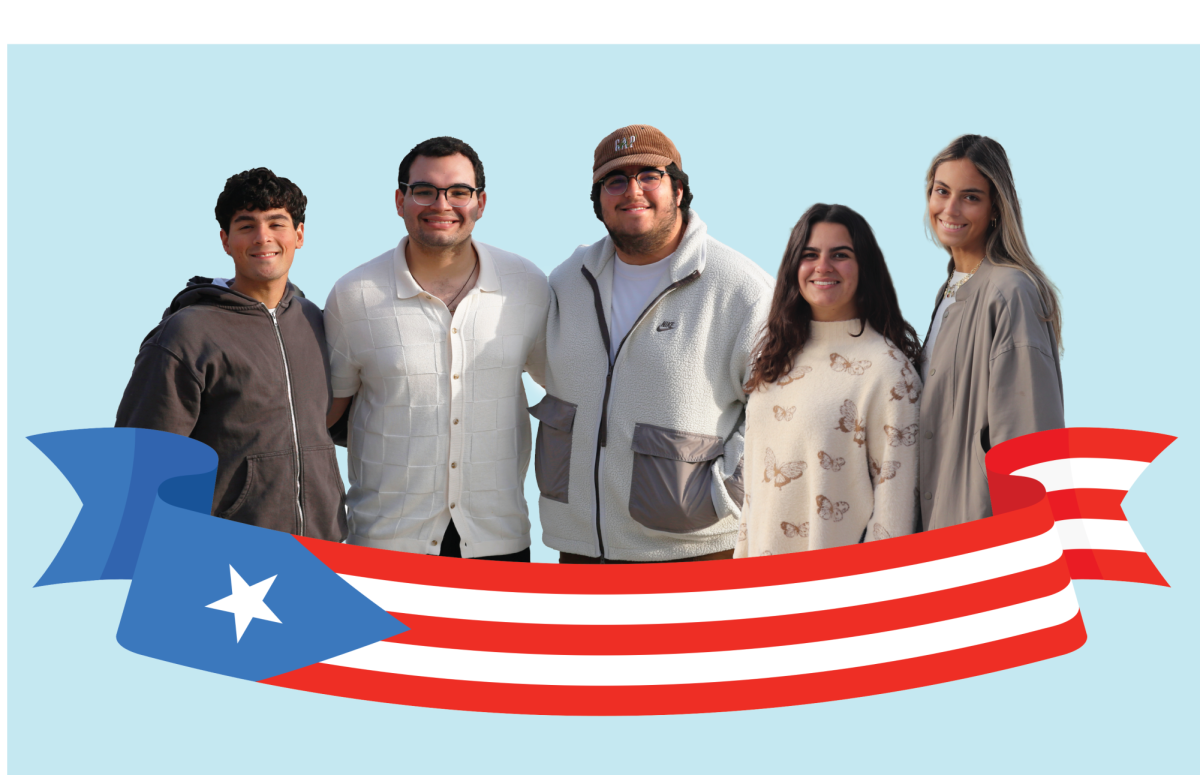Canvas to replace Blackboard
After a nine to 10 month selection process, on July 26, 2017 Saint Joseph’s University signed a contract which officially began the switch from the university’s current learning management system, Blackboard, to Canvas from Instructure, a new cost-effective, cloudbased system.
Canvas was launched in 2011 and is currently used by more than 3,000 universities, school districts and institutions around the world. Francis DiSanti, chief information officer in the Office of Information Technology, said Canvas offers updated technology features with more partners from third-party vendors, unlike Blackboard, which projected to result in less glitches and allow for more integrated products, such as proctoring exams, plagiarism software, etc.
The decision to switch was contemplated for months as faculty members debated changing from Blackboard, a learning system that the university has used since the 1990s. One main component that motivated the switch was the IT initiative to keep up with current technology by moving more services onto the cloud, instead of using older campus-based servers, as Blackboard had been using.
“In June of 2018 our contract with Blackboard will lapse. We felt that the company was not keeping pace with where the learning management market was going and maturity of their technology,” said DiSanti. “We were
hearing from enough faculty that they had hit a wall with Blackboard.”
Soon after St. Joe’s renewed their previous contract with Blackboard, the university formed faculty focus groups to gather requirements for a Request for Proposal (RFP) along with a Steering and Selection Committee to research different learning management vendors. In January 2017, a proposal was developed and issued out to four potential vendors: Blackboard, Instructure (Canvas), Schoology and Desire 2 Learn (Brightspace). By May 2017, the Selection Committee recommended two finalists: Canvas and Schoology.
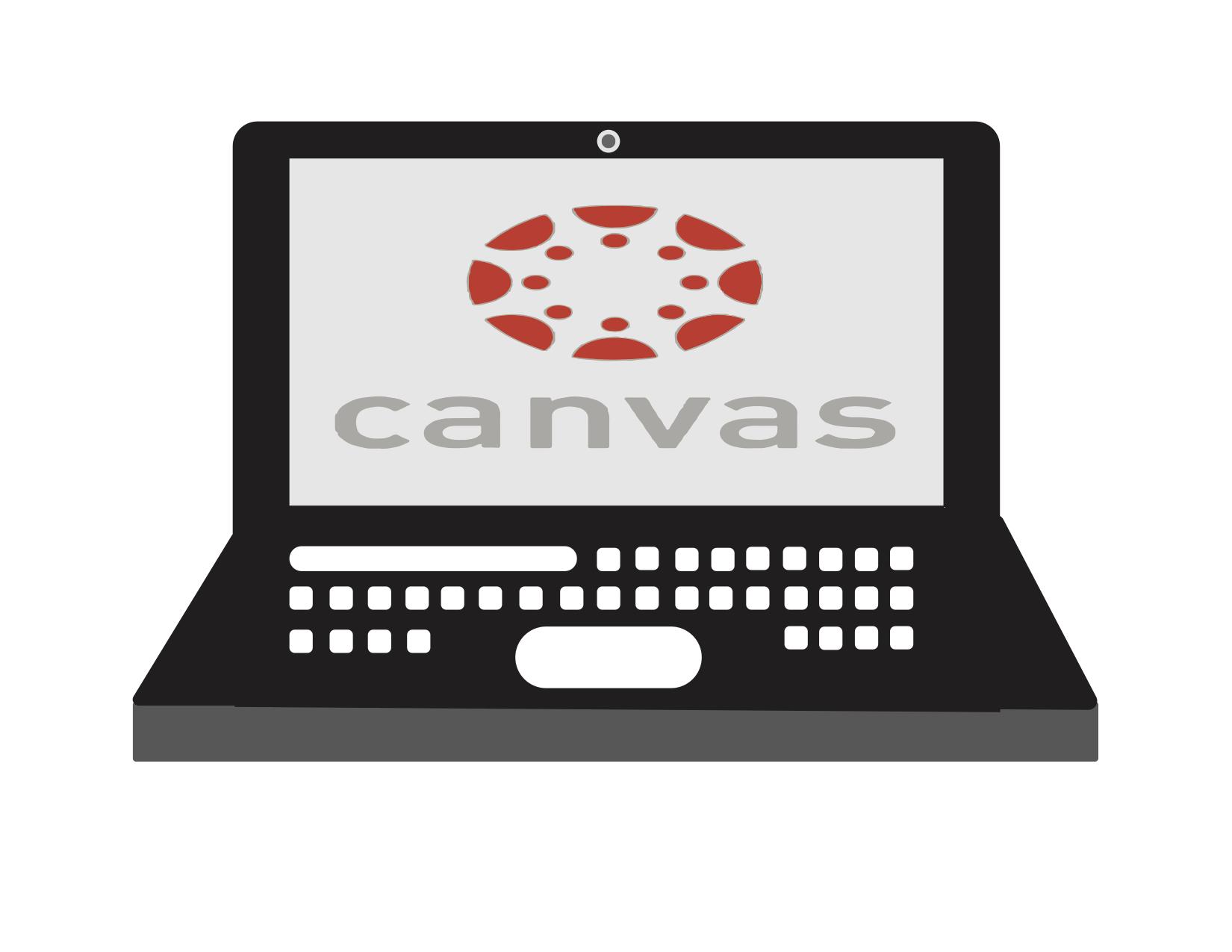
“We went back and performed rigorous reference checks and called universities that use both products, doing the best due diligence we could to see what these products were going to meet for us as a mid-tier school,” DiSanti said. “As we went deeper into what the products could do and the profiles of the schools that were using Canvas versus Schoology, it became pretty clear that the maturity of Canvas’ technology would benefit our campus more. This led to the unanimous decision in June to choose Canvas.”
The recommendation for Canvas was presented to the provost, who quickly endorsed the plan and allowed it to be brought to the final stages of a contract. Virginia Miori, Ph.D., associate professor in the Department of Decision and System Sciences, sat on the Steering Committee.
“When Canvas is implemented, our Blackboard courses will be converted. It [Canvas] has a tool that allows users to convert from another learning system,” said Miori. “The only complicated factor is the need to flatten our courses, which is not a problem, it’s just something different to get used to. I think it’ll be okay because now our courses will appear more in an outline format, making it smoother for the students to use.”
DiSanti said that committees are now at the point of creating implementation teams and establishing project plans while preparing for upcoming training sessions, the first of which is a three-day internal training session on campus beginning on Sept. 12, 2017. Peter McLallen, assistant provost for Online Education, highlighted different, yet positive, aspects Canvas offers to both faculty and students.
“Canvas has a wonderful large user community,” McLallen said. “Say someone develops a nice model for something, they could put it out on the platform and other faculty or students could share it, which becomes a positive and exciting thing. We’re still learning the new details about Canvas, but as far as a place to post things such as a syllabus and discussion boards, that will stay the same.”
The goals St. Joe’s had in selecting a new learning management system included delivering a more intuitive, feature-rich learning platform, as well as combining assessment and learning outcomes, all of which Canvas provides. While the university is expecting some inevitable technology glitches along the way, the committees are looking forward to working with a more technologically mature and flexible learning system.




